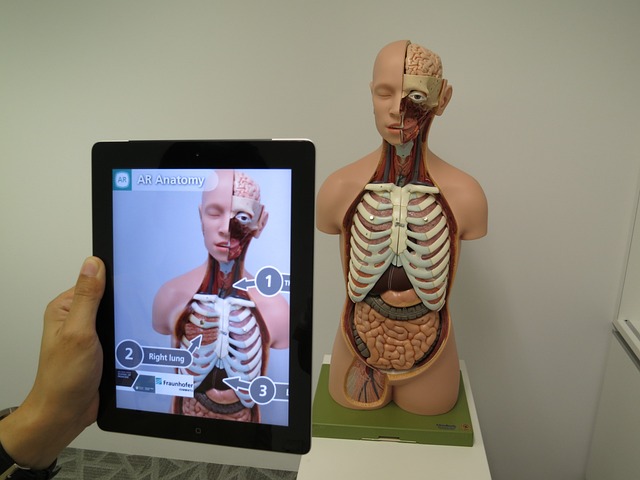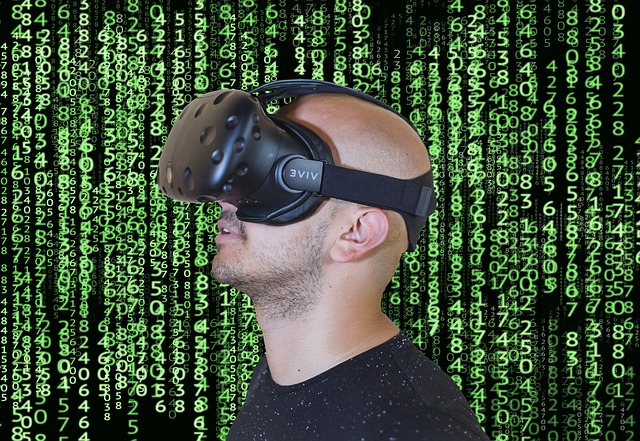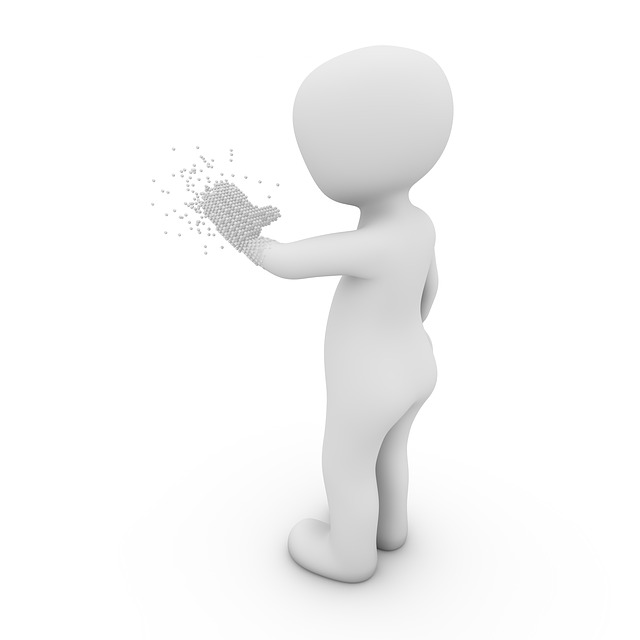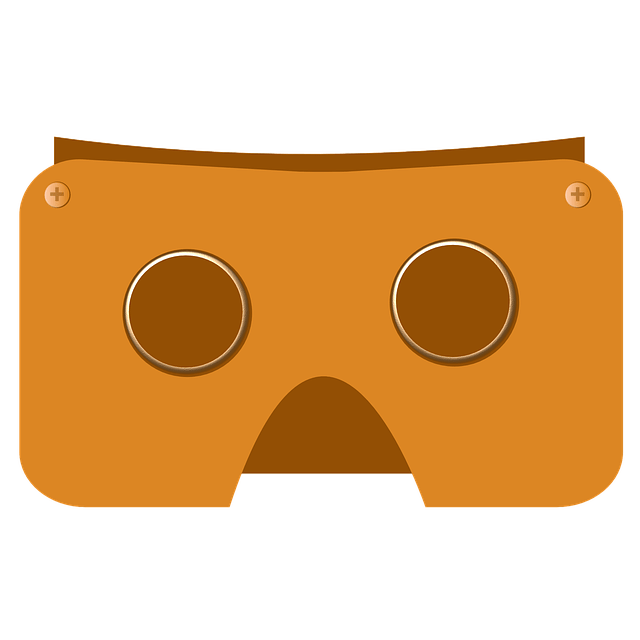“This is a highly integrative project,” said Nesbitt. “It’s augmented reality people talking with education people, talking with scientists. Just locally, the collaboration has been amazing. What’s flown out of that is a bunch of students interacting too. Showing undergraduate students how a process like this works and how much goes into reconstructing a skeleton was one of our ultimate goals.”
“It’s really exciting to see collaborations across fields with this project and to see so many people learning about new ways to work on their topics of research,” said Stocker. “Working with the library and TLOS [Technology-enhanced Learning and Online Strategies] is helping us understand the paleobiology of these extinct creatures better and that all plays into how we can share what we know with the public.”
The use of augmented reality to enhance museum experiences has been mainly in the hands of large institutions, working with corporate partners such as Google and Framestore. This team’s approach is intended to make these experiences more accessible with a higher impact.
So far access to the Teleocrater skeleton has only been from one place – Tanzania. “Since we are scanning the bones, we will be able to send the files to anyone in the world instantaneously,” said Nesbitt. “It’s like an open source dinosaur relative. That’s the way I like to think about it. It’s not like anyone has been hiding these specimens, but there’s only a few bones of many of these and they are only in one place in the world. So even for scientists, a lot of the information about Earth history is not easily accessible, which is a shame. Digitally though, it could be looked at anywhere in the world with an internet connection, and that’s what we are trying to achieve.”
Stocker is working with Phyllis Newbill, associate director of educational networks in the Center for Educational Networks and Impacts, part of the Institute for Creativity, Arts, and Technology, to make sure the educational products they produce will help learners meet instructional goals, including both knowledge-based goals and attitude-based ones.
“The project will impact the richness of experience for museum visitors who have in the past simply looked at reconstructed skeletons in three dimensions,” said Newbill. “This project will allow learners to access just-in-time information about the skeleton in context. Because the 3D model will be so accurate, other educational organizations can 3D-print a copy of the skeleton. The accessibility of the information reaches new levels and improves the educational experience while making the information more accessible.”
“We are stubbornly sticking to our goal of accessibility, which means delivery via the web,” said Ogle. “That poses challenges for augmented reality development today, but we believe that it is the direction we must head for the future.”
Ogle said he has been passionate about augmented reality for 20 years and museums his entire life. “Bringing the two together and working with world renowned experts in paleontology, while making such experiences accessible to our own students at Virginia Tech, is a career highlight for me.”



